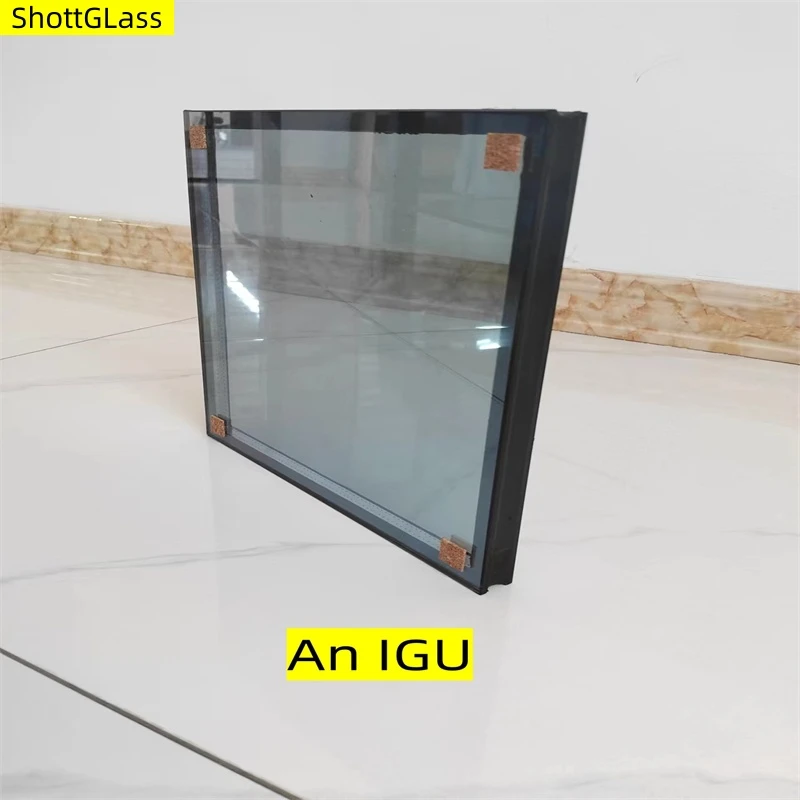Dec . 18, 2024 12:31 Back to list
bent laminated glass
Understanding Bent Laminated Glass An Innovative Architectural Solution
Bent laminated glass is an innovative construction material that has gained popularity in various architectural applications. Its unique properties, combining aesthetics and functionality, make it a versatile choice for modern designs. This article takes a closer look at what bent laminated glass is, its manufacturing process, advantages, and potential applications.
What is Bent Laminated Glass?
Bent laminated glass is a specialized type of glass that is composed of several layers, or laminates, which are bonded together using a polymer interlayer. This glass is not only flat but can be curved or bent, providing architects and designers with greater flexibility in creating unique shapes and forms in their buildings. The bending can take place during the manufacturing process, allowing the glass to retain its structural integrity while achieving complex shapes.
Manufacturing Process
The production of bent laminated glass involves several steps
1. Selection of Glass The process begins with the selection of float glass sheets, which can be of different thicknesses depending on the intended use.
2. Preliminary Shaping The glass sheets are heated and then gradually shaped into the desired curve. This can be done through various methods, including heat bending or cold bending techniques.
3. Lamination Once the glass has been shaped, it is laminated with one or more layers of polyvinyl butyral (PVB) or ethylene-vinyl acetate (EVA). These interlayers provide added strength and ensure that the glass remains intact even if broken.
4. Curing The laminated glass is then placed in an autoclave, where it undergoes a curing process that applies heat and pressure to bond the layers securely together.
bent laminated glass

Advantages of Bent Laminated Glass
1. Flexibility in Design One of the key benefits of bent laminated glass is its design flexibility. Architects can create sweeping curves and dynamic forms that are not possible with traditional flat glass. This ability to incorporate unique shapes enhances the visual appeal of a building.
2. Enhanced Safety The lamination process improves the safety of the glass. Even if the outer layer shatters, the interlayer holds the fragments in place, reducing the risk of injury. This safety feature makes it suitable for various applications, including public buildings, skylights, and curtain walls.
3. Thermal and Acoustic Insulation Bent laminated glass provides better thermal insulation compared to single-pane glass. The layers of laminated glass can also reduce sound transmission, making it effective in noisy urban environments.
4. UV Protection The laminated interlayers can also offer UV protection, helping to prevent fading of interiors and reducing the heat build-up in buildings.
5. Sustainability Many manufacturers of bent laminated glass utilize environmentally friendly materials and processes. The durable nature of laminated glass also means that buildings can benefit from a longer lifespan, reducing waste over time.
Applications
The applications for bent laminated glass are vast and varied, ranging from residential to commercial settings. It's commonly used in
- Architectural Facades To create eye-catching and modern building exteriors. - Skylights Allowing natural light into spaces while maintaining structural integrity. - Interior Features Such as room dividers and artistic installations that require a unique look.
Conclusion
Bent laminated glass stands as a testament to the innovative spirit of modern architecture. It offers unrivaled design possibilities, coupled with essential safety and environmental advantages. As architects continue to push the boundaries of design, bent laminated glass is likely to remain a go-to material for creating visually stunning and functional spaces. Its multifaceted applications make it a valuable asset in both contemporary and future architectural projects.
-
Safety and Style with Premium Laminated Glass Solutions
NewsJun.24,2025
-
Reinvents Security with Premium Wired Glass
NewsJun.24,2025
-
Premium Float Glass Line for Modern Architecture
NewsJun.24,2025
-
Low Emissivity Glass for Energy-Efficient Architecture
NewsJun.24,2025
-
High-Performance Insulated Glass Solutions for Modern Architecture
NewsJun.24,2025
-
Elevates Interior Style with Premium Silver Mirror
NewsJun.24,2025
Related PRODUCTS














